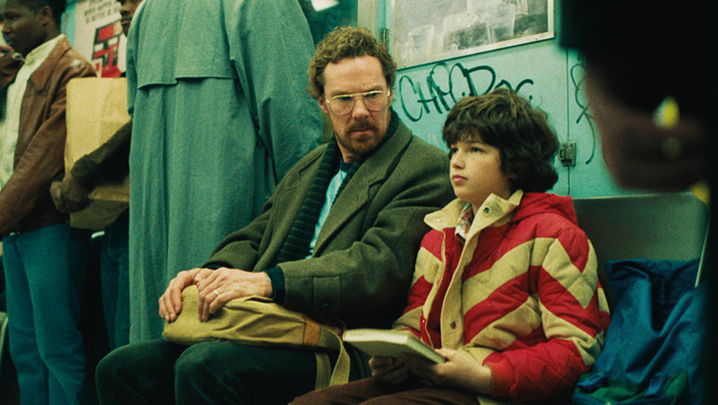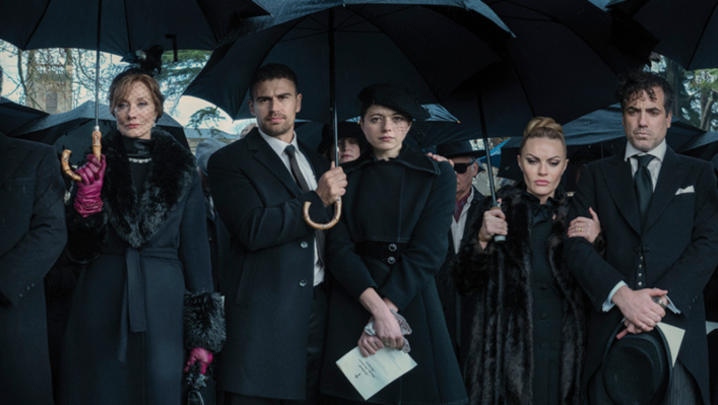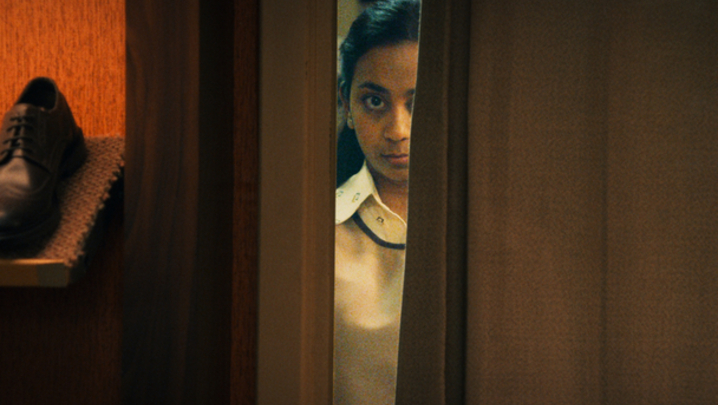Are claims of a seismic shift in UK online viewing and the soaring popularity of Netflix accurate? Torin Douglas dissects the figures
Last month, a media storm broke out about a landmark change in children’s TV viewing habits. It was widely reported that, for the first time, “young people are spending more time online than watching TV”, according to “The Monitor Report 2016” by Childwise.
This was quickly challenged by Thinkbox, the marketing body for commercial television. But it highlighted some fundamental questions about the rapidly changing landscape of TV, online and mobile viewing:
- How fast are the habits of the young – and the rest of us – changing in the age of tablets and smartphones?
- Is traditional TV on its last legs, as viewers embrace the likes of Netflix, YouTube and Amazon Prime, or are the viewing claims for online content also “over the top”?
- And are the industry measurement systems keeping up with the changes?
On 26 January, BBC News reported: “Young people are spending more time playing and socialising online than watching television programmes, according to an annual survey tracking UK children’s media behaviour. Staff at research agency Childwise describe it as a ‘landmark change’.”
Significantly, it said: “Asked about their viewing in the previous week, 50% had watched programmes on Netflix, compared with 47% on ITV1 and 46% for BBC One.”
If true, that might appear to sound the death knell for traditional broadcasting, as today’s five- to 16-year-olds become the adults of tomorrow. However, could some youngsters simply have been keeping up with their peers by claiming to watch the much-talked-about Netflix?
The story was prominently reported on Radio 4’s Today programme, Radio 5 Live and BBC Breakfast, which tweeted: “Does this sound familiar? Young people are spending more time online than watching TV”, with a link to the BBC News online piece.
For the team at Thinkbox, this was like a red rag to a bull. They started tweeting in response: “Please stop positioning the future of TV as broadcast vs online – the broadcasters are online, they’re on any screen anywhere…”
So what is really going on? Who is measuring what we view on TV sets and online? And who should we believe, as we try to sort fact from propaganda?
Two years ago, in Television, I reported on the boom in sales of tablets, as prices dropped and parents started buying them for children.
I also examined Project Dovetail, an initiative by Barb – the TV industry “gold-standard” measurement service – to integrate viewing on PCs, tablets and mobiles with viewing on TV sets, which it has measured since 1981.
Barb has made progress since then. It now publishes a weekly “TV Player Report”, measuring viewing for the broadcasters’ online offerings on computers, tablets and smartphones. This includes live-streaming and on-demand viewing to All 4, BBC iPlayer, ITV Hub, Sky Go and UKTV Play.
Barb has also awarded prototype development contracts to Kantar Media and Nielsen to work out how best to integrate the TV and online data.
And, since December, it has made it possible to identify exactly what device is providing the content to the TV set, be it broadcast television (within the last 28 days) or non-TV broadcast activity such as playing games or listening to the radio.
Another cross-industry body, Ukom (UK Online Measurement), produces official figures for online media, including video viewing.
People’s habits are changing more quickly than research measurement systems can keep up with
Ofcom produces regular reports on people’s use of media, including its annual survey, “The Digital Day”. And the TouchPoints research by the Institute of Practitioners in Advertising also adds to our knowledge of what’s going on.
Combining these sources, Thinkbox’s Research and Planning Director, Matt Hill, has published a chart of video consumption across all platforms and devices. Despite the widely believed claims that YouTube, Netflix and others are killing broadcast TV, the chart shows the reverse: 81% of all individuals’ viewing in 2014 was to live television and the catch-up and online offerings of the broadcasters.
YouTube accounted for just 3.5%, with other online video (including Netflix) on 4.5% and DVDs on 3.8%.
Even among 16-to-24s, widely reported to have abandoned television, the broadcasters’ share was still 65%. Figures for 2015 will be published soon and it will be fascinating to see how far they’ve changed.
Barb Chief Executive Justin Sampson showed me a similar chart, which illustrates, in graphic form, television’s continuing dominance of viewing in the UK. A bit like old maps of the British Empire, it’s a mass of red. Barb urges people to take a “reality check” over what it sees as less rigorous claims for Netflix and other online providers.
On the SVoD (subscription video-on-demand) update page of its website, it says: “If its prospects were to be measured solely in terms of favourable media coverage, then Netflix would be guaranteed a very bright future indeed.”
Netflix’s coverage has continued favourably. Last month, it announced it had 75 million subscribers and had gone live in a further 130 countries and would be in “the whole world” by the end of 2016 (give or take China). Its first UK-produced series, The Crown, airs later this year and that is expected to boost its UK profile and viewing.
Netflix doesn’t publish viewing figures or subscription figures for local markets, so it is not clear how it is actually doing in the UK.
But Ukom and the Internet Advertising Bureau (IAB) shed more light. They have jointly published a “definitive” figure for the time people spend online – two hours, 51 minutes a day.
Tim Elkington, the IAB’s Chief Strategy Officer, says the latest Ukom figures show that YouTube has 31 million unique users in the UK and Netflix has 2.5 million (though that doesn’t include those who watch it on a connected TV).
He says 37 million people watched a video online in December 2015 – and, on average, they watched nine different videos a day for a total of 43 minutes.
But he’s frank about the difficulties. “People’s habits are changing more quickly than the research measurement systems can keep up with, so we are often playing catch-up,” he says. “The living room in the next two to three years will look very different from the living room of today.”
And Barb’s own figures show that, for all the accusations of hype, Netflix subscriptions are growing in the UK, particularly among families.
Latest figures from Barb’s Establishment Survey, based on 56,500 interviews a year, show that 18.8% of all TV homes claim to subscribe to Netflix (up from 14% at the end of 2014). Among households with children, it’s 29.9%.
So could that Childwise survey be right? Could 50% of all children and young people have watched Netflix in the past week?
Childwise Research Director Simon Leggett says: “We ask if they have viewed at all – not just at home – in the last week, so a fair proportion could be watching at friends’ houses.”
Childwise is certainly not the only organisation reporting that children are spending less time in front of the TV.
Ofcom reported similar findings in two reports last year, noting that YouTube is very popular among children and is becoming “an increasingly important alternative to traditional TV”.
Broadcast television is much stronger than many give it credit for. But there is no doubt that the picture is changing fast.







